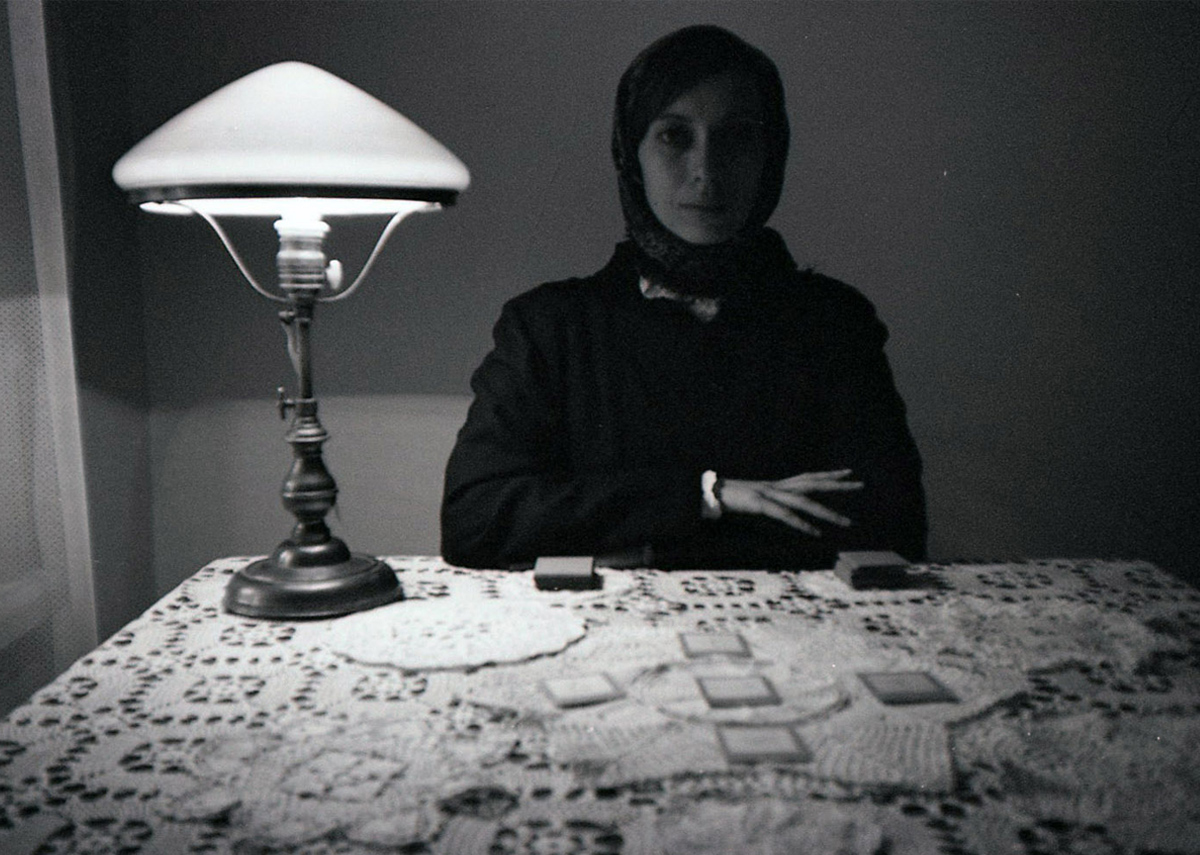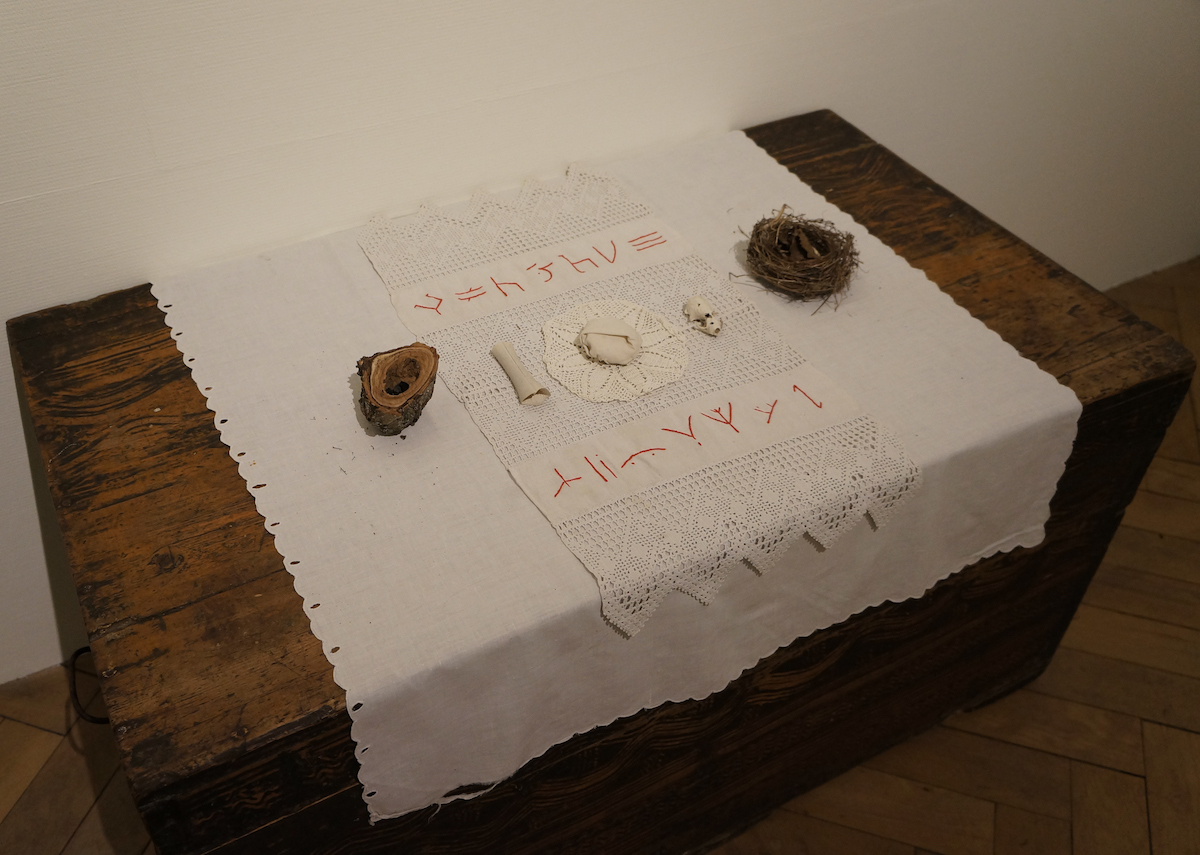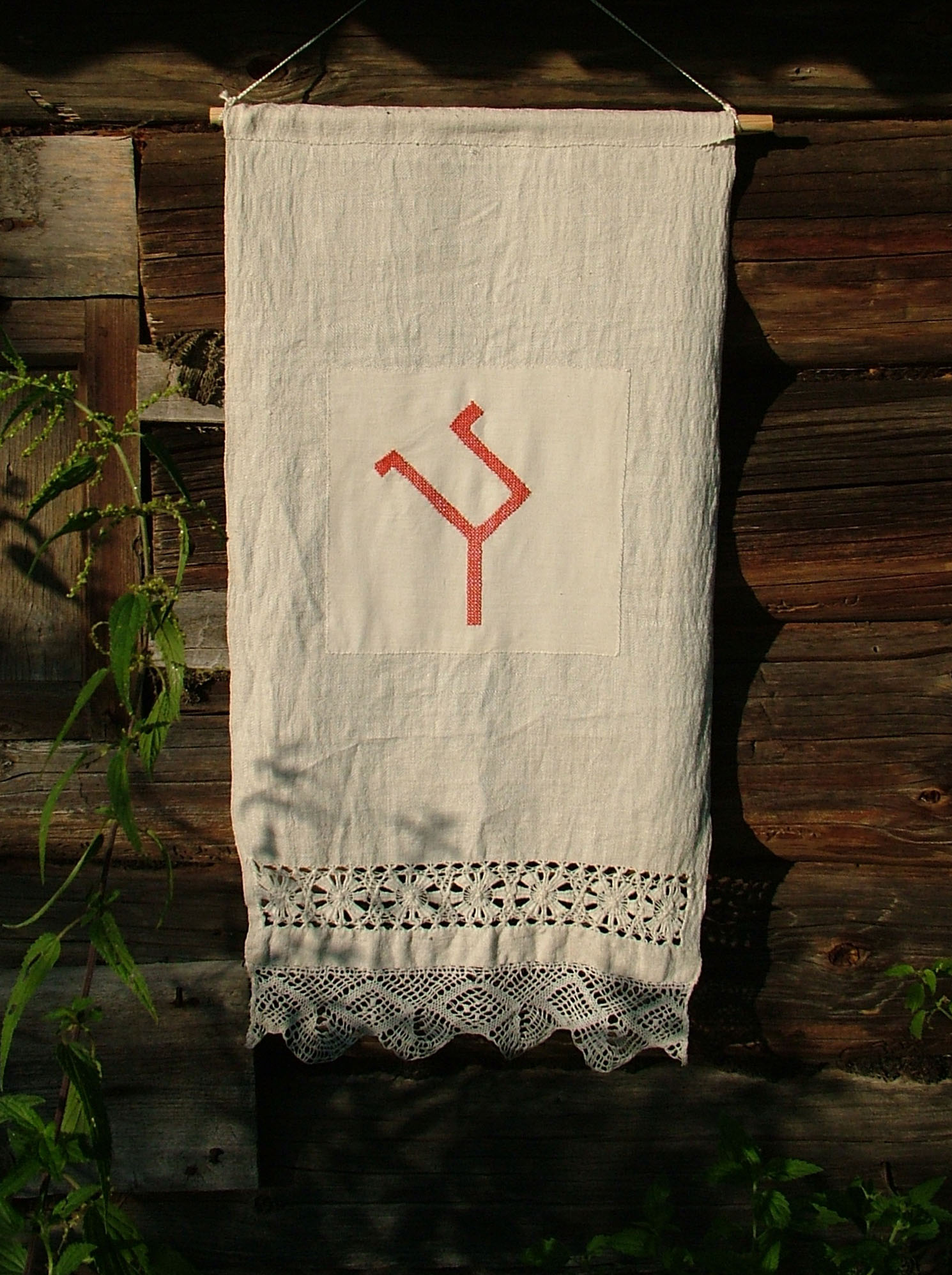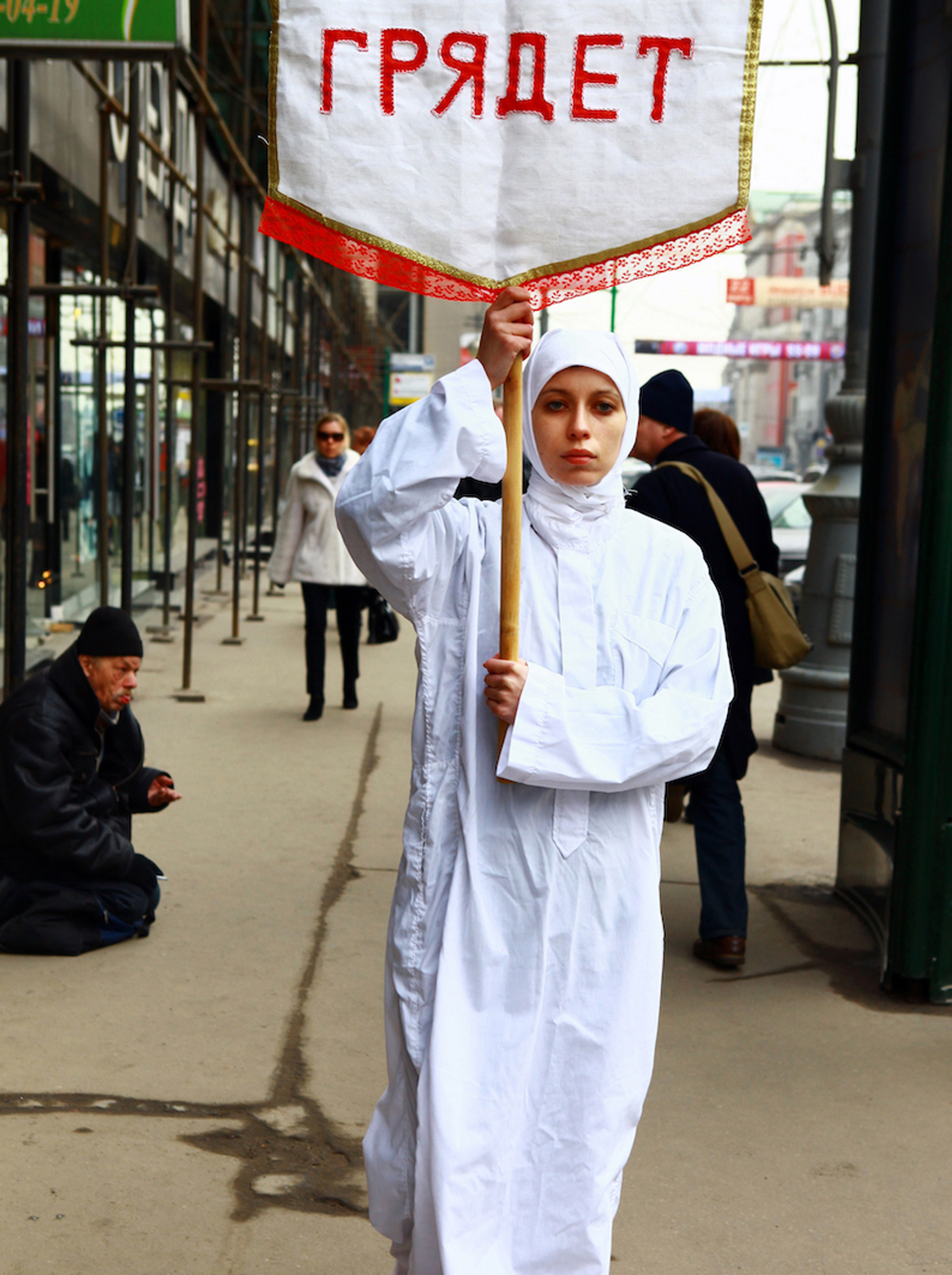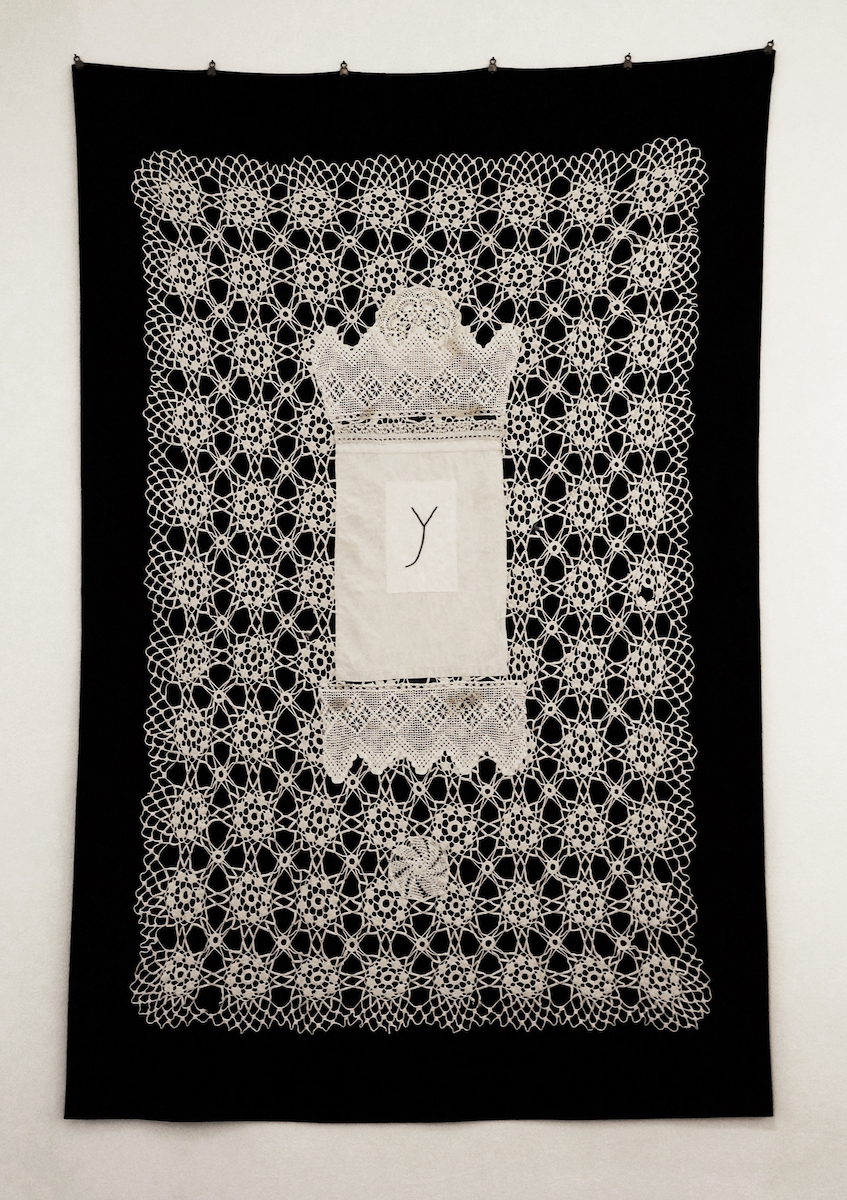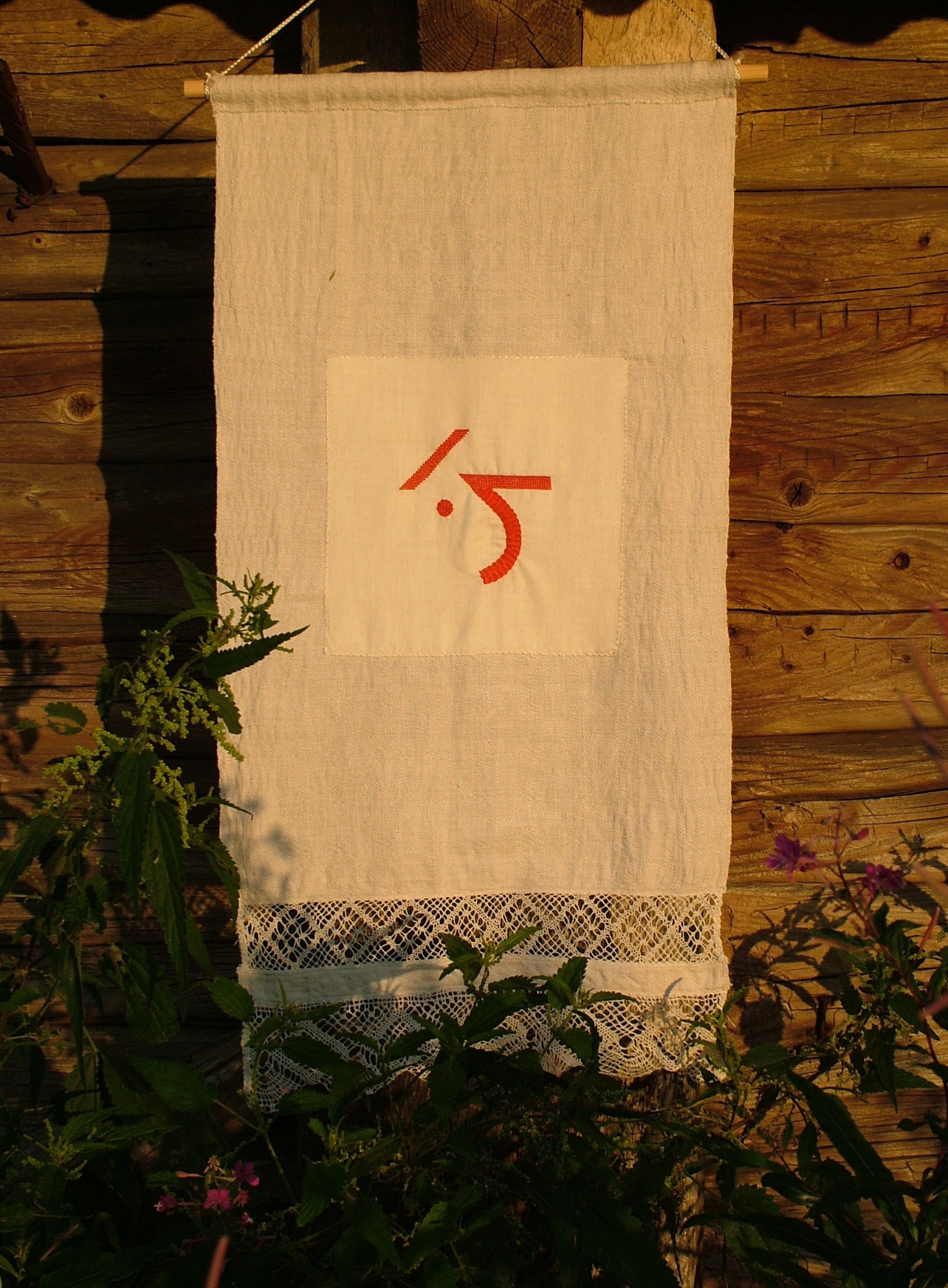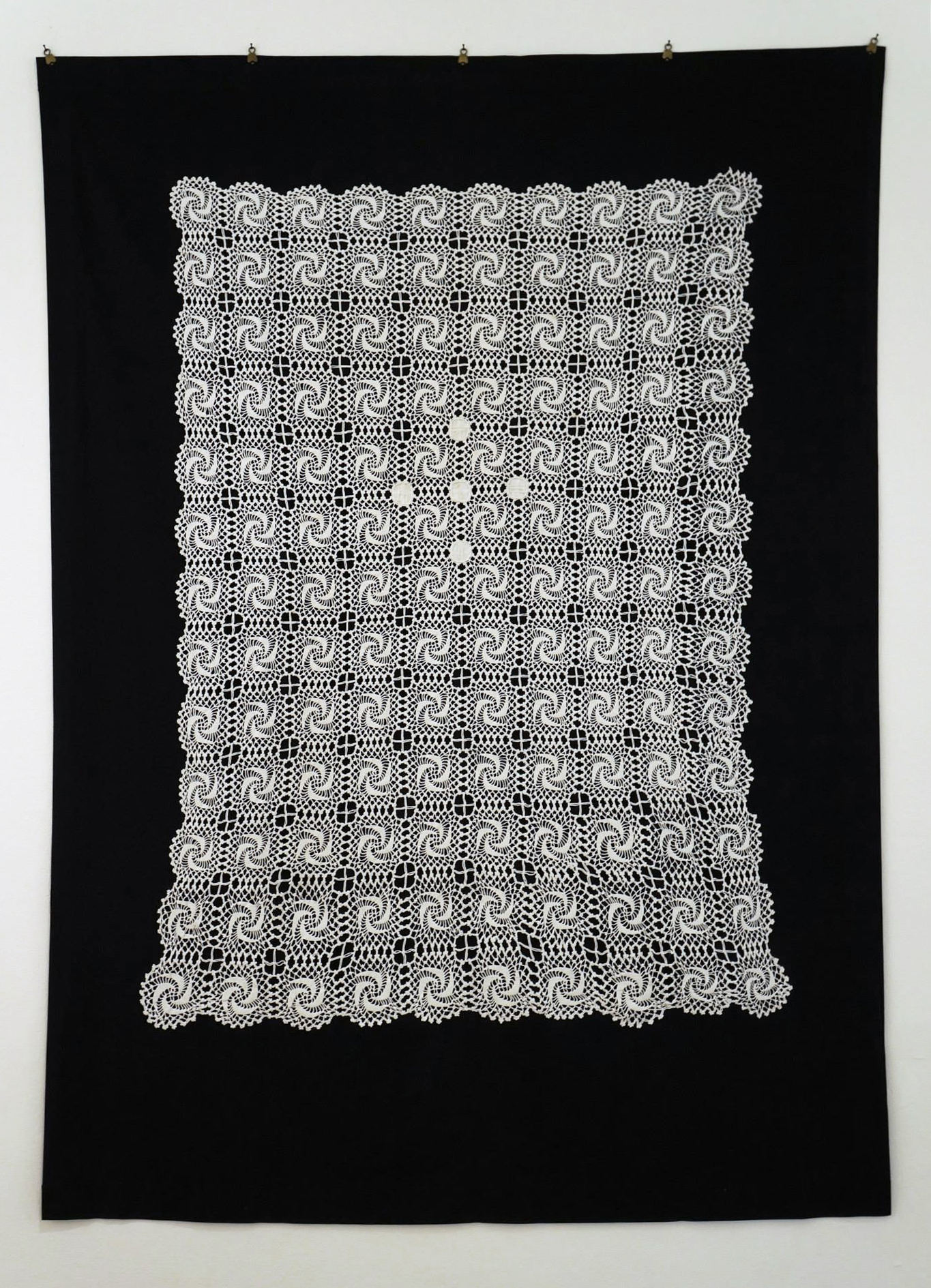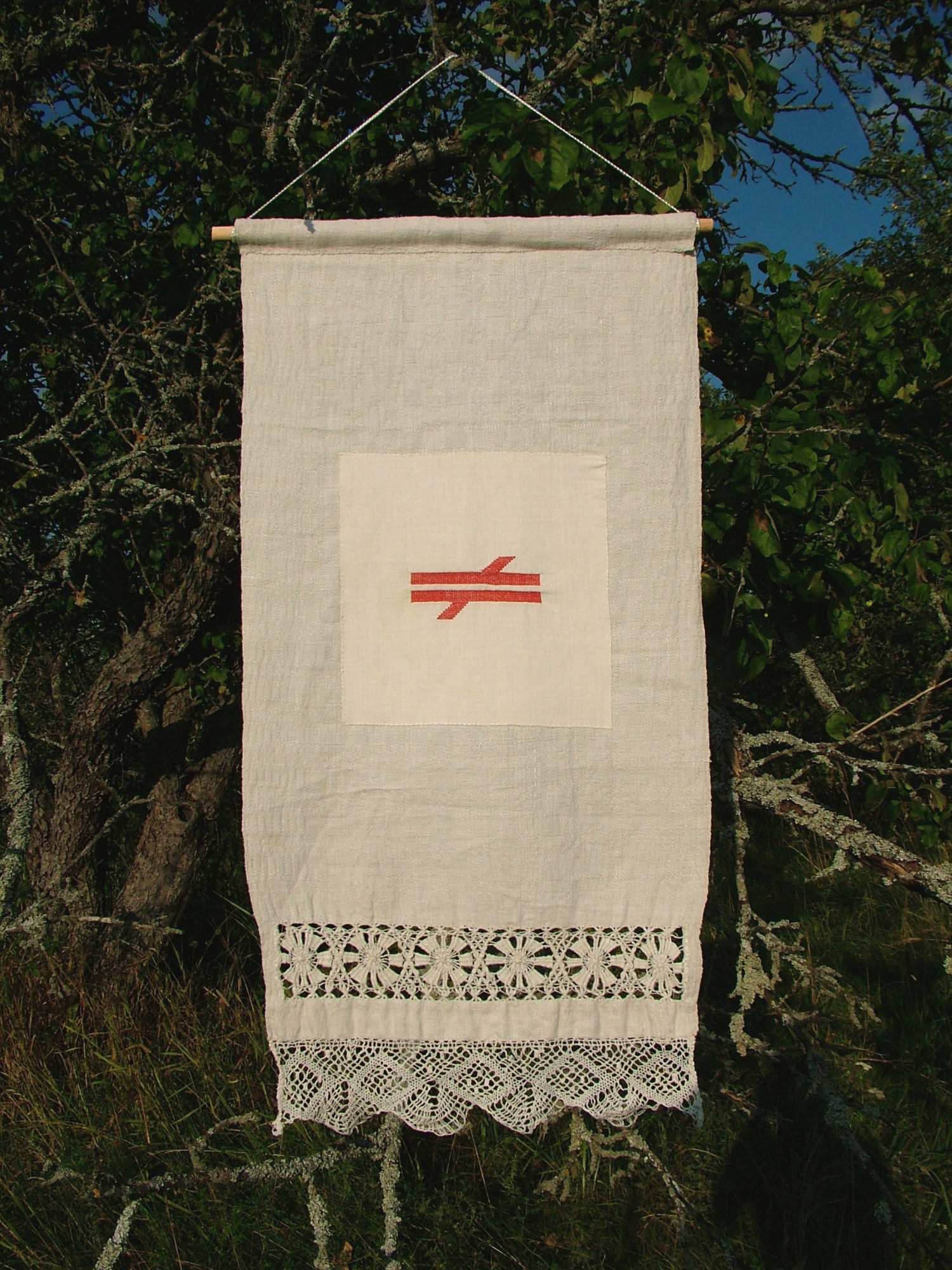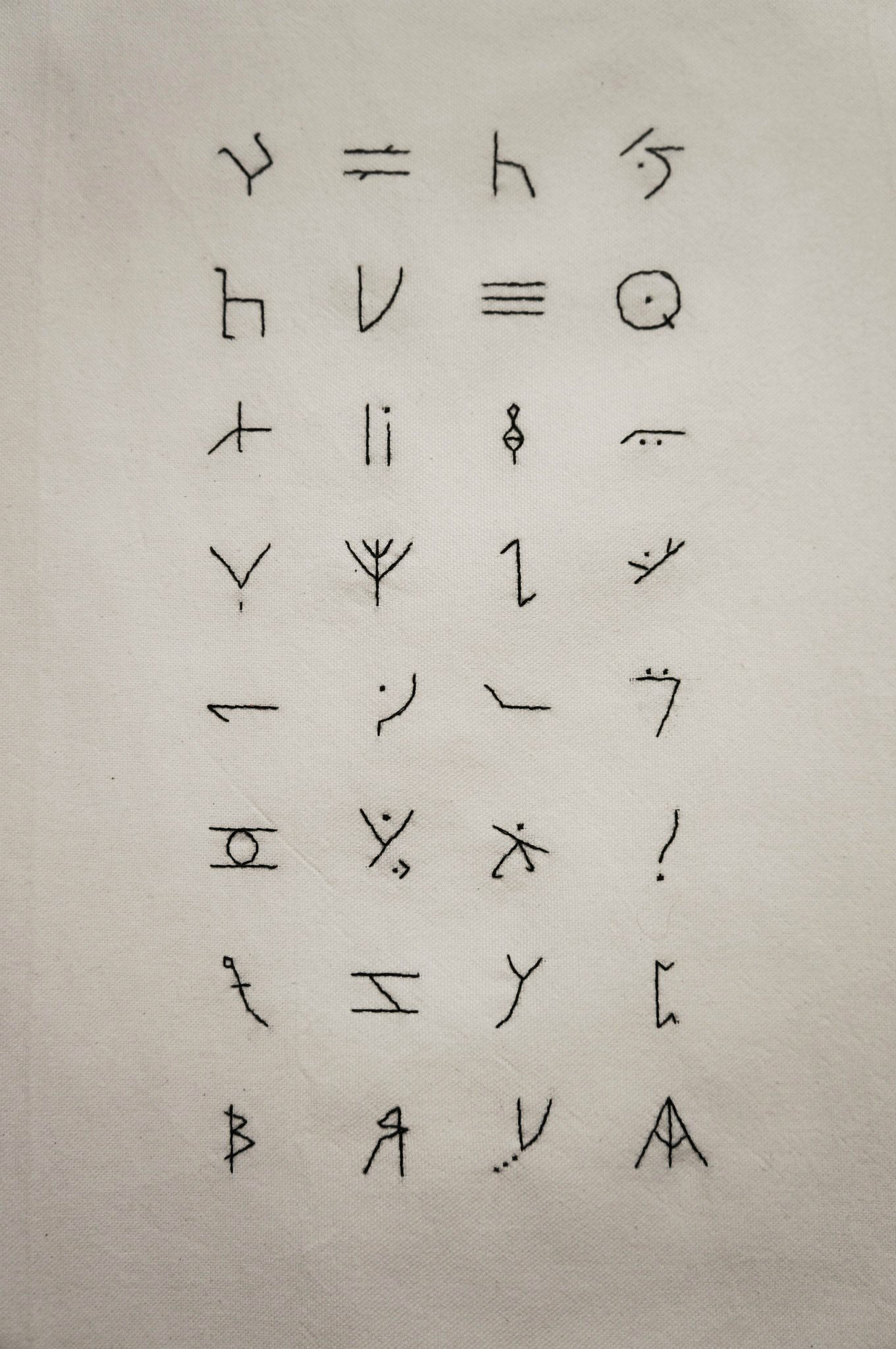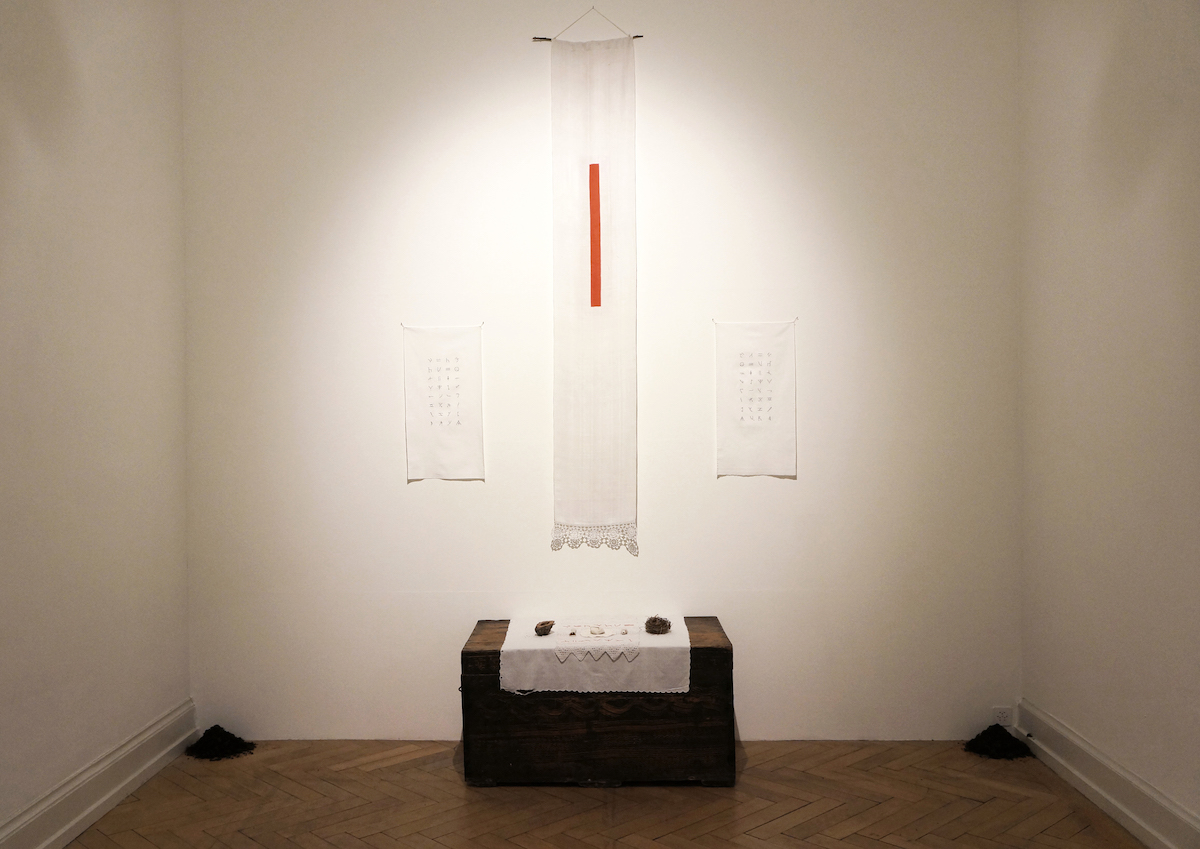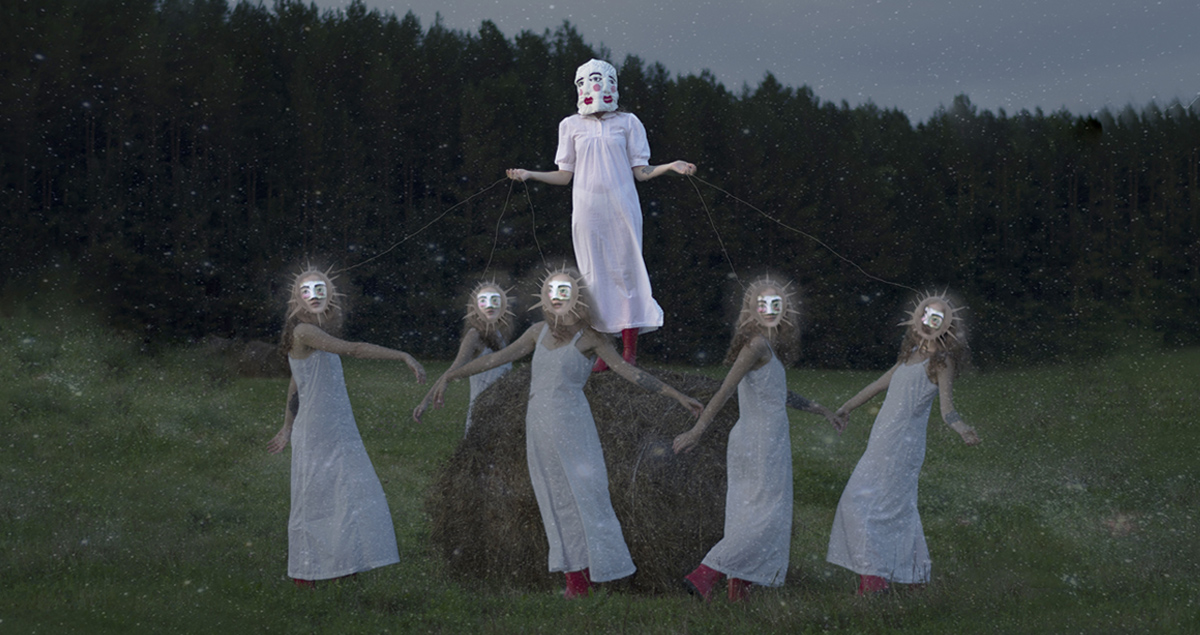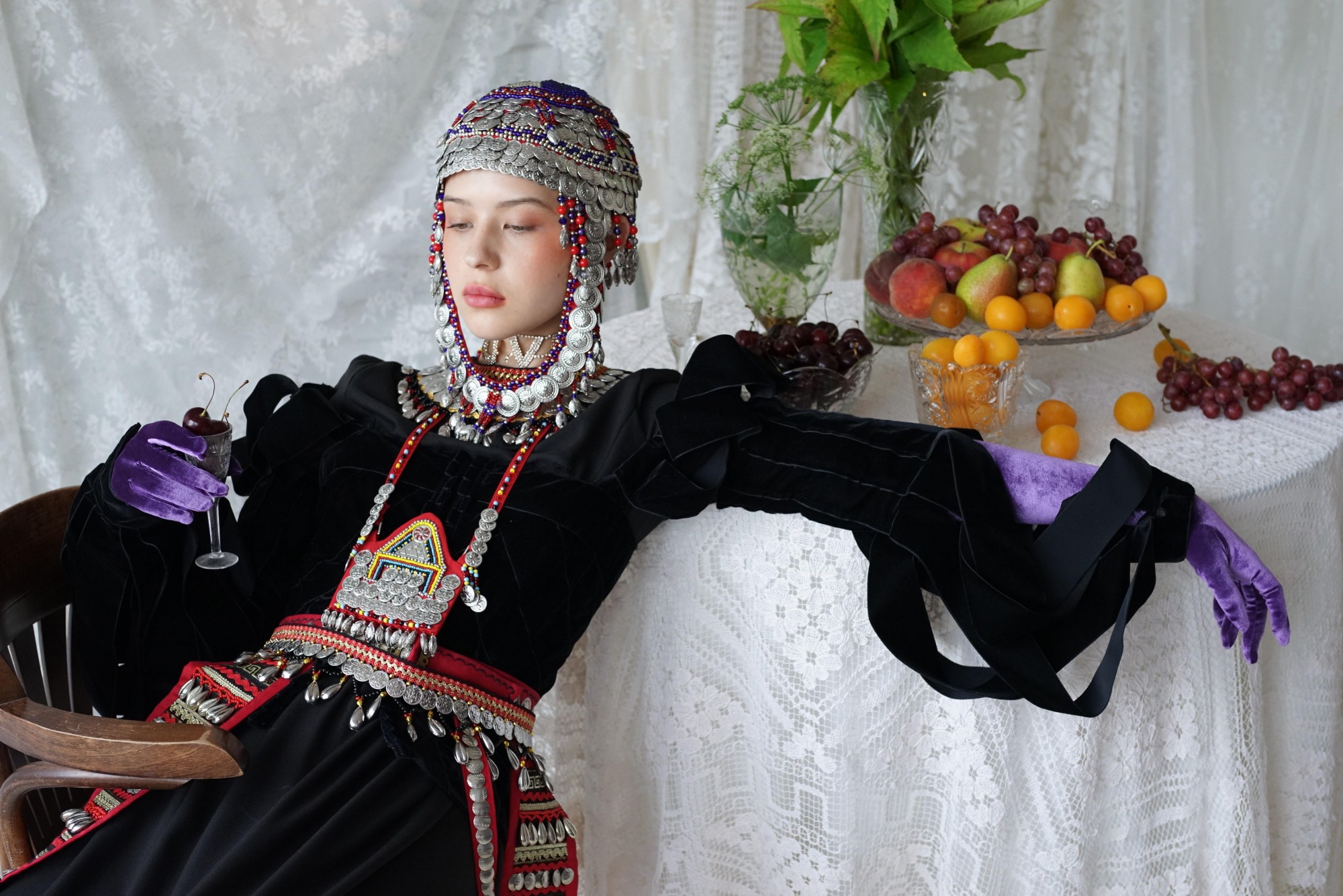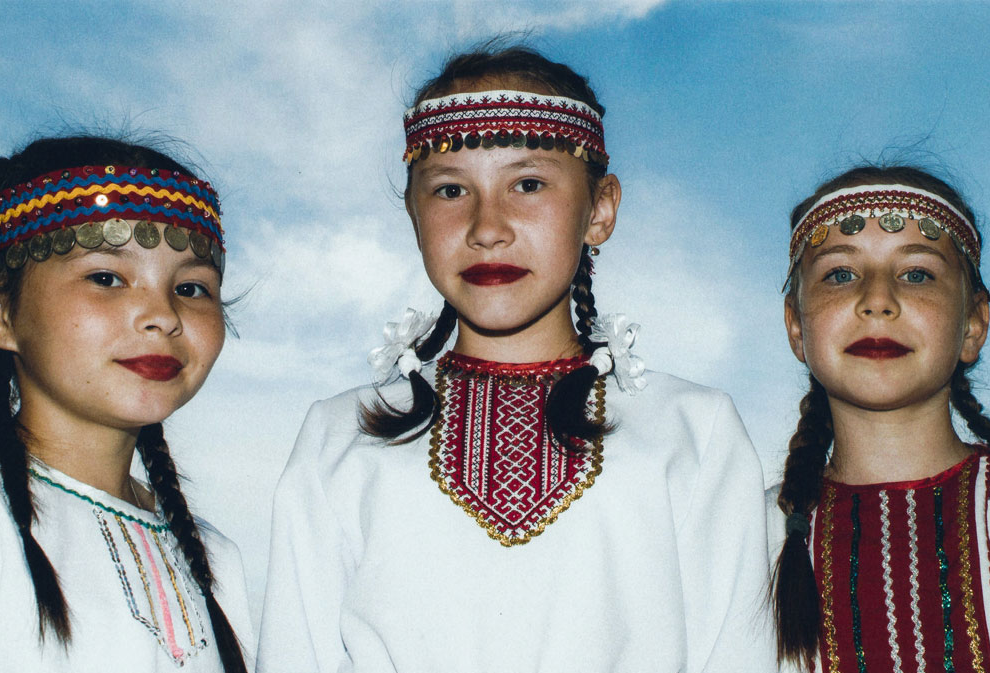‘In our time, everything is possible:’ the Russian artist creating a prophet for the modern age
The story of Agafia — modern day prophet and alter ego of artist and performer Daria Pravda — begins somewhere outside Pskov, a medieval town in northwestern Russia. Veiled in magic, the city is inhabited by other fictional holy fools who have already made their mark on Russian culture, from Tarkovsky’s Andrey Rublev, to Vodolazkin’s modern fable Laurus.
After her conception outside of Pskov, Agafia made her first public appearance back in 2009 when she walked the streets of New York, St Petersburg, and Moscow, holding a banner emblazoned with the words “It’s Coming” — the title of the performance. Agafia was seen and presented to the public as a prophet, despite not making any exact predictions. Later, Pravda developed the Supreme Alphabet, a system of glyphs inspired by Russian folk ornaments, to act as part of Agafia’s fortune-telling performances.
It’s hard to tell Pravda and Agafia apart, and the artist admits that the character is partly biographical. “My parents were hesitating whether to call me Agafia or Daria, before finally choosing Daria,” she shares. The character materialised from Pravda’s deep fascination with Russian villages, Slavic mythology, and archaic visuals. One experience stands out: “I was once walking down a frozen river, a cemetery on one side, a village on the other, when I was suddenly blinded by a bright red light and lost my sight for a few moments. While I was begging for my vision to come back, I started to make out peculiar symbols in the dark. Those became the prototypes for the Supreme Alphabet,” she remembers.
The episode became an initiation: Pravda quickly found references to similar experiences in Slavic mythology. The frozen river became reminiscent of the magical Smorodina river. While its waters divide the real world from the magic realm beyond, the river can be crossed via a bridge of fire — in this case, the red light.
Although deeply rooted in folk and archaic contexts, Pravda is keen to emphasise that Agafia is very much contemporary and relevant to the modern world. “In our time, more than ever, everything is possible,” she says. Whether walking through an Eden-like garden in the Russian countryside, or sitting in a sleek show opening in Basel, Agafia usually appears wearing old-fashioned gowns and babushka-style garments from St Petersburg’s flea markets.
Textiles play an important role in Pravda’s artistic practice. In Supreme Alphabet, she hand-embroidered imaginary glyphs on antique fabrics in a nod to the Russian textile tradition, much like the country’s former futurists and suprematists, who also drew heavily from traditional Slavic ornaments. In the early 20th century, a community in Verbovka, modern-day Ukraine, produced embroideries based on sketches by Kazemir Malevich, Natalia Goncharova, and Alexandra Ekster. “It’s not so much about technique, but about the sheer connection between traditional art and suprematism,” Pravda explains. Supreme Alphabet allowed her to turn words into symbols again, digging more deeply into the history of ornaments which would often be found embroidered into peasant clothing or decor. “The diamond ornament with a dot in the center would stand for “field”. A diamond symbol with a cross inside: “a plowed field”. A circle design, or a cross inside a circle, would stand for the sun,” Pravda says.
Pravda is currently working on a new project, The Sun Wind, centered around Elizabeth Pribytkova, a real-life medium and spiritualist who lived in St Petersburg in the late 19th century. She hopes to explore the peculiar fusion of mysticism and technology that was thriving in the city at that time. And although Agafia is technically an archive project, Daria keeps her character alive through occasional performances and fortune-telling sessions on her behalf.
The prophet Agafia does not give any answers, but rather makes us wonder if there remains a place for holy fools in our augmented, digital world.
